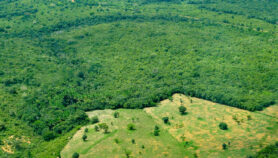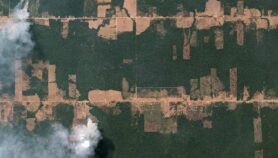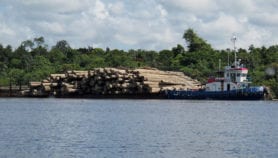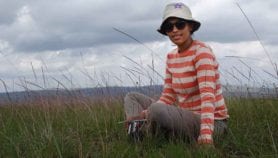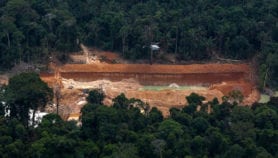By: Pratchaya W.
Send to a friend
The details you provide on this page will not be used to send unsolicited email, and will not be sold to a 3rd party. See privacy policy.
[BANGKOK] Possibly the most controversial debate in conservation policy — whether protected areas harm the lives of the people living around them — has taken a step forward with the publication of a controlled trial of communities living at different distances from national parks.
The creation of protected areas to conserve biodiversity has caused concern because they can reduce communities’ farming and hunting opportunities and access to other natural resources.
But a study published in Proceedings of the National Academy of Sciences this week (25 May), has found that, on average, communities living close to national parks in Costa Rica and Thailand are actually richer than similar communities living further away.
The two countries were selected for study because they were early adopters of protected area systems. Groups that differed only in their proximity to protected areas were compared — overcoming the argument that such research generally fails to control for other factors affecting poverty, such as land quality. All the areas studied had been protected for 15 years or more.
In Thailand, a third fewer people were living in poverty among communities living close to the protected areas. In Costa Rica, ten per cent fewer were poor.
The results do not mean that protected areas reduce poverty, according to Paul Ferraro, an economist at Georgia State University and co-author. Rather, they demonstrate that the two goals are not incompatible and that policies designed to maintain biodiversity can potentially be tailored to protect the environment and alleviate poverty.
The researchers believe that the local people were able to take advantage of spin-offs from the protected areas, such as tourism, new infrastructure and other investments, or that their lives improved because of the ‘spill-out’ benefits of rising biodiversity and other ecosystem services within the protected area.
Sasin Chalermlap, secretary general of the Sueb Nakasatian Foundation, a Thai non-profit conservation organisation, said the research reflected reality in several communities close to protected areas in Thailand.
"It is true that protecting forest areas is beneficial to people living nearby," he said.
Developing countries may expand the number protected areas they permit under the Reduced Emissions from Deforestation and Degradation (REDD) programme, as part of a global effort to cut greenhouse gases.
Link to full article in the Proceedings of the National Academy of Sciences







